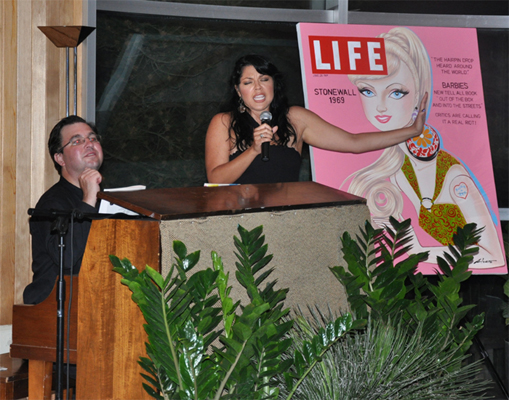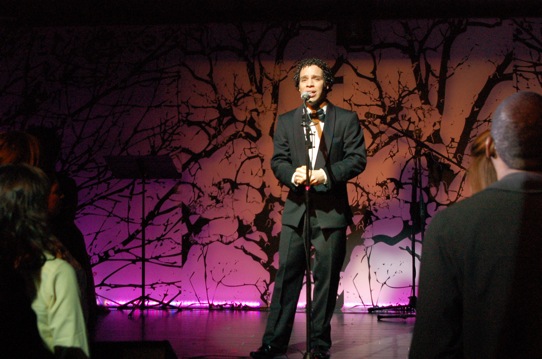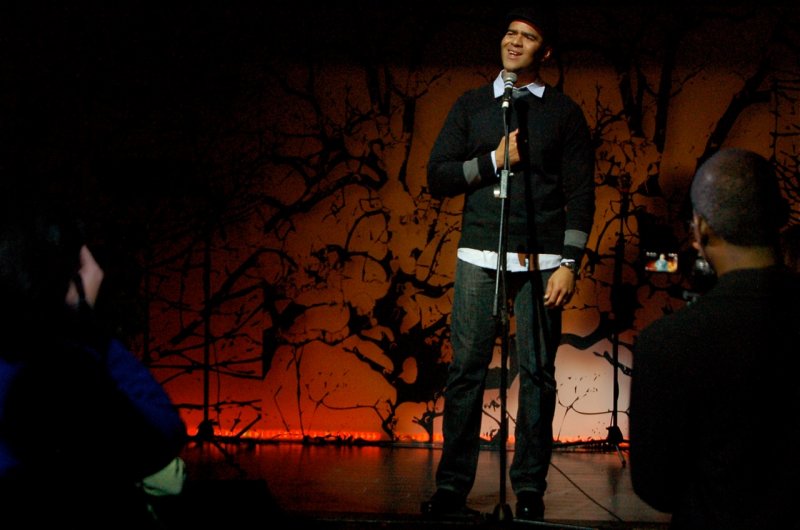New cases of hepatocellular carcinoma (HCC) are increasing faster in rural areas than in urban areas, found a new study. Conducted by researchers from the University of Southern California (USC) Norris Comprehensive Cancer Center, this study examined data from 1995 to 2016 and found that the incidence of the rate of liver cancer in rural populations in the U.S. is rising at about 5.7% each year, approaching a rate that historically has only been seen in urban areas.
“Considering that one in five Americans live in a rural community, this study suggests that HCC is a critical under-recognized public health issue affecting rural Americans,” said study co-lead author Kali Zhou, MD, MAS, in a press release. Zhou is a gastroenterologist and hepatologist with Keck Medicine, as well as an associate member of USC Norris, and an assistant professor of Clinical Medicine at the Keck School of Medicine.
HCC is the most common form of liver cancer. It accounts for approximately 75% of all liver cancers, and is the fastest-growing cause of cancer-related deaths in the country.
The study examined trends of HCC cases across rural and urban populations communities over the past 20 years using information from the North American Association of Central Cancer Registries database. Overall, data from 1995 to 2016 shows that HCC cases in rural areas rose by 218%. The registries showed over 310,000 new cases of HCC over 20 years. Of these cases, 85% were diagnosed in urban areas, and 15% in rural areas. The average yearly increase of HCC cases in rural areas was 5.7%, compared with 3.9% in urban areas.
From 1995 to 2009, the rates of new cases were similar among rural and urban populations. In 2009, the new HCC cases began to slow down in urban areas while the rates in rural areas didn’t show any sign of decline.
Looking deeper into the demographics of those diagnosed with HCC, the researchers identified rural subgroups that are experiencing a rapid rise in HCC cases, including: men ages 60-69, non-Hispanic Blacks, American Indian/Alaskan Natives, residents in high-poverty areas, and residents in the Southern part of the United States.
Interestingly, the study also found a declining incidence of HCC cases in urban subpopulations, specifically younger men and women between 40 and 59 years old, Asian Pacific Islanders, and residents in the Western areas of the country.
Zhou noted that the reason for this rise, outside of urban areas, could include the prevalence of obesity and alcohol use in those areas. Residents in rural areas may also lack access to health care and cancer care compared with those living in cities. However, the study did not include an investigation of the potential cause of new HCC cases. A previous study lead by Zhou shows that rural populations tend to have worse survival rates due to late liver cancer diagnoses.
Therefore, as we continue to encourage our ADRLF community with our motto — “Screen, Vaccinate. Don’t Hesitate!” – we’d also like to add: If you’re from a rural area, please pay extra attention to HCC’s symptoms! Early detection is key to prevention.
To learn more about liver cancer, visit our blog now
To explore liver-friendly recipes, check out our favorite Fall flavors here





























